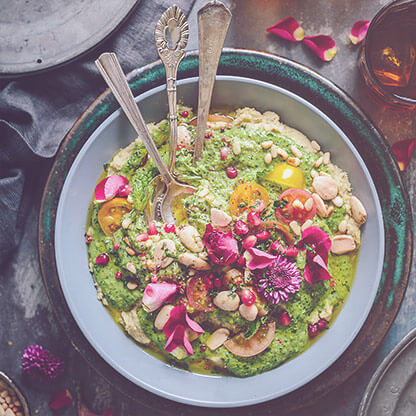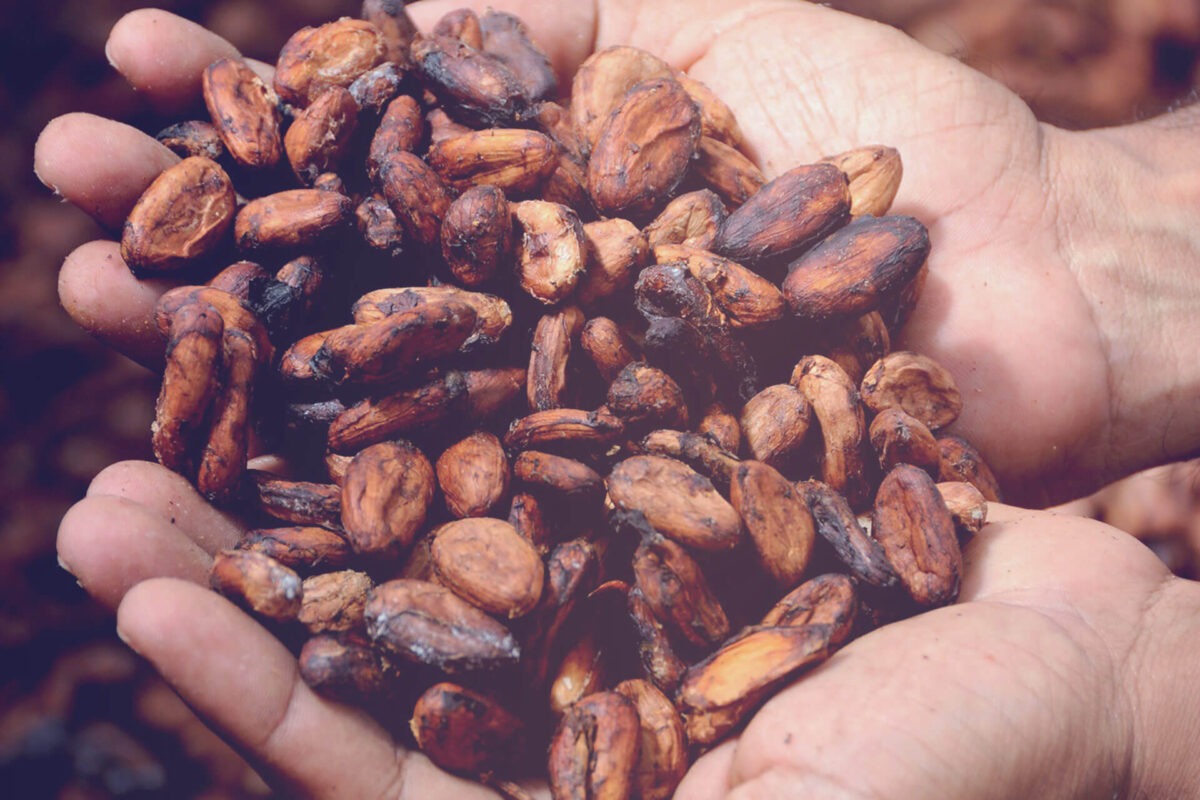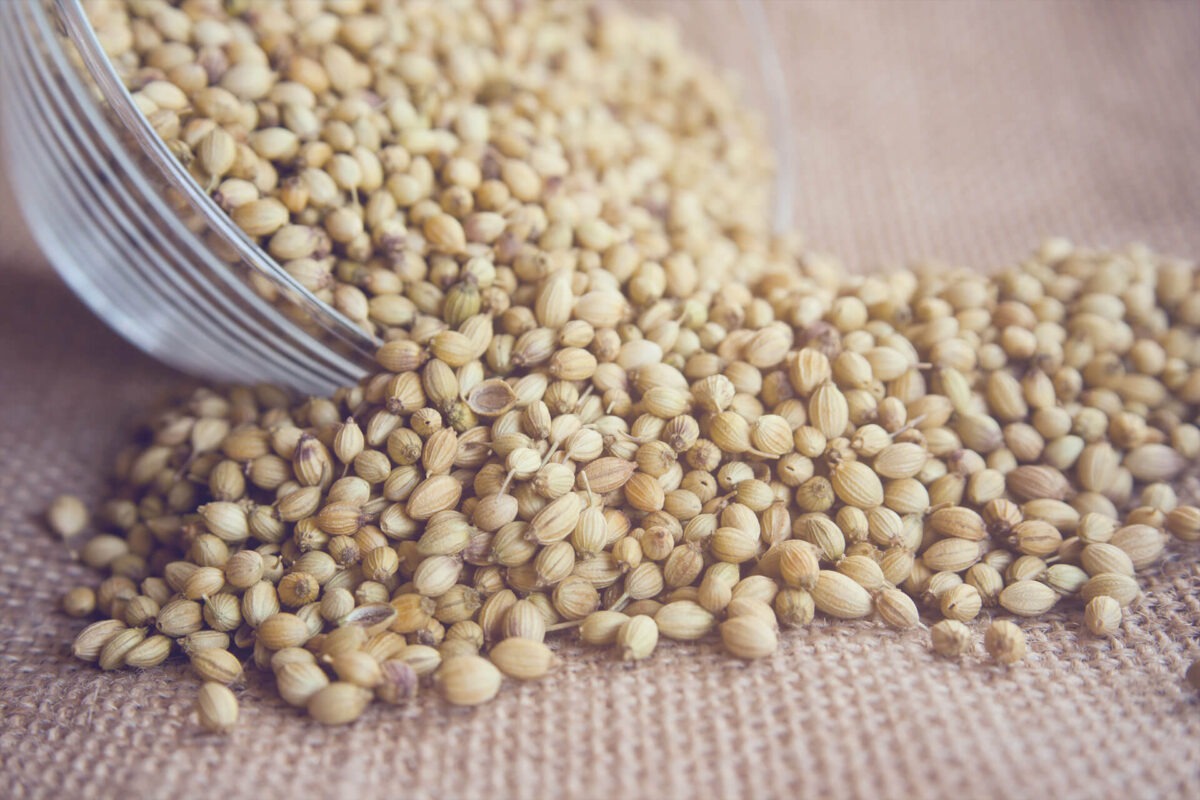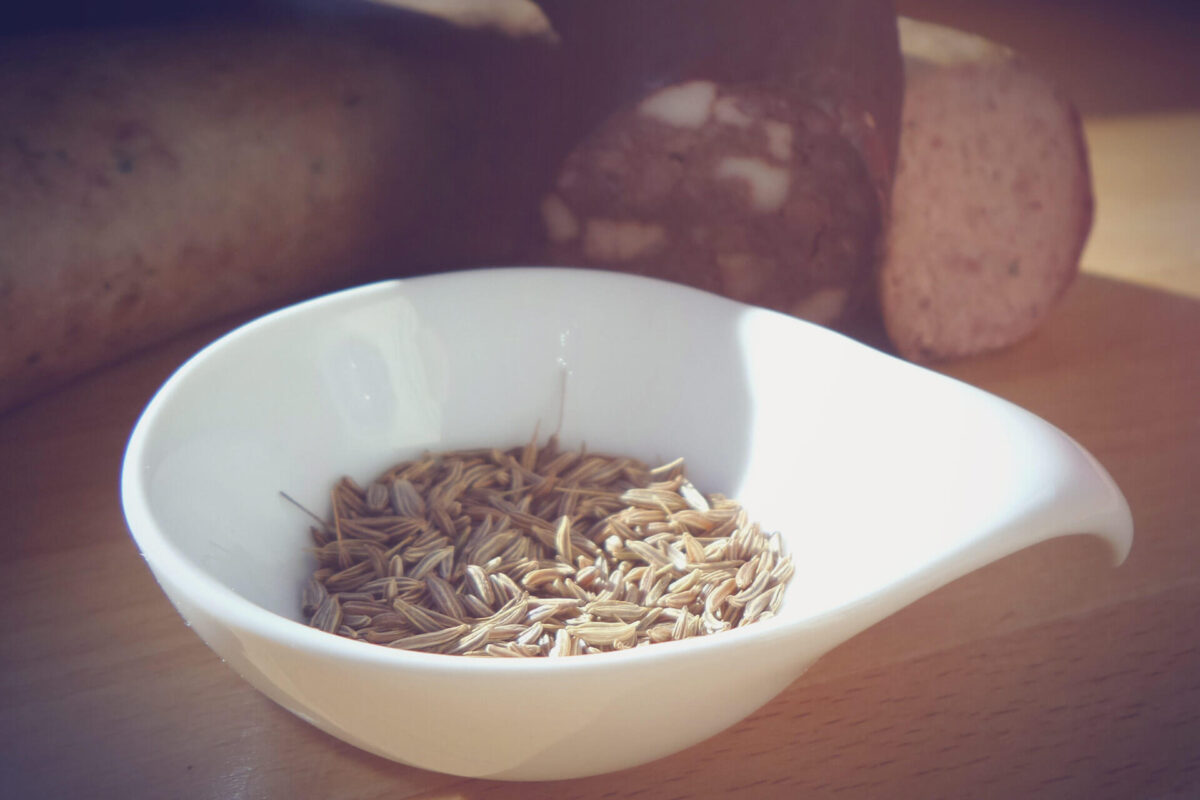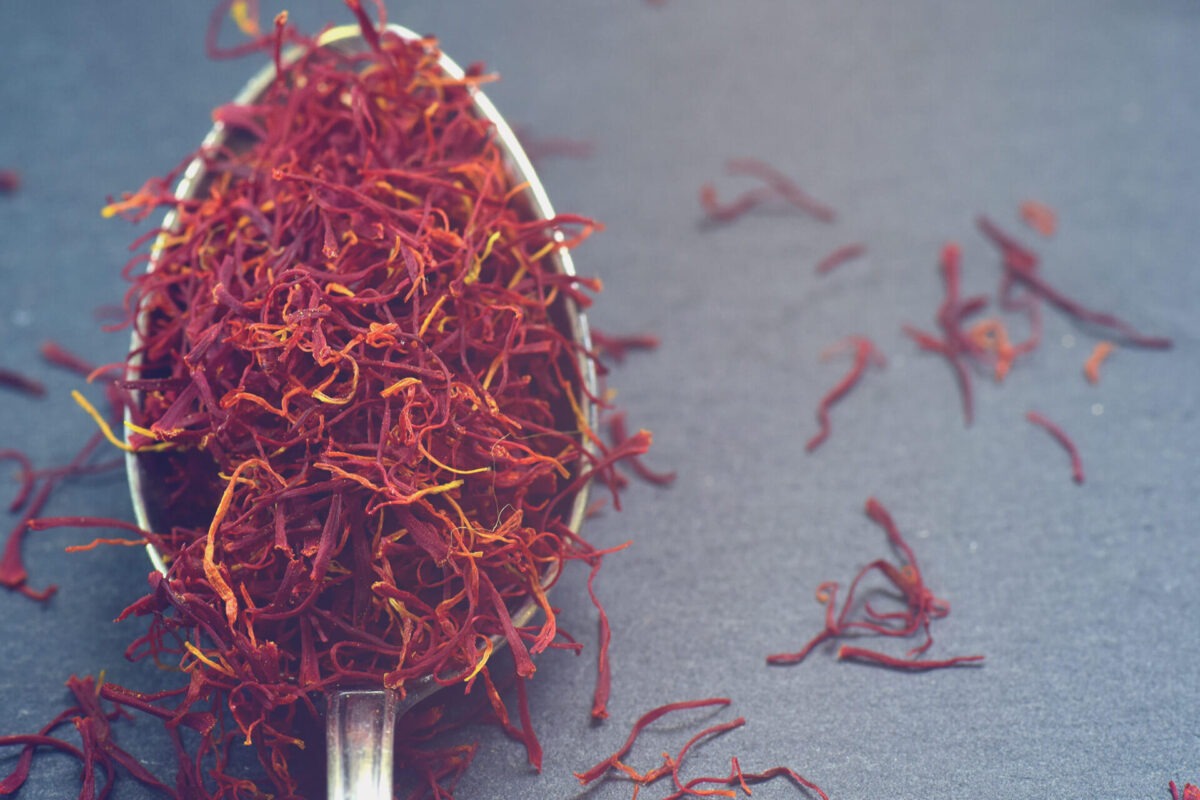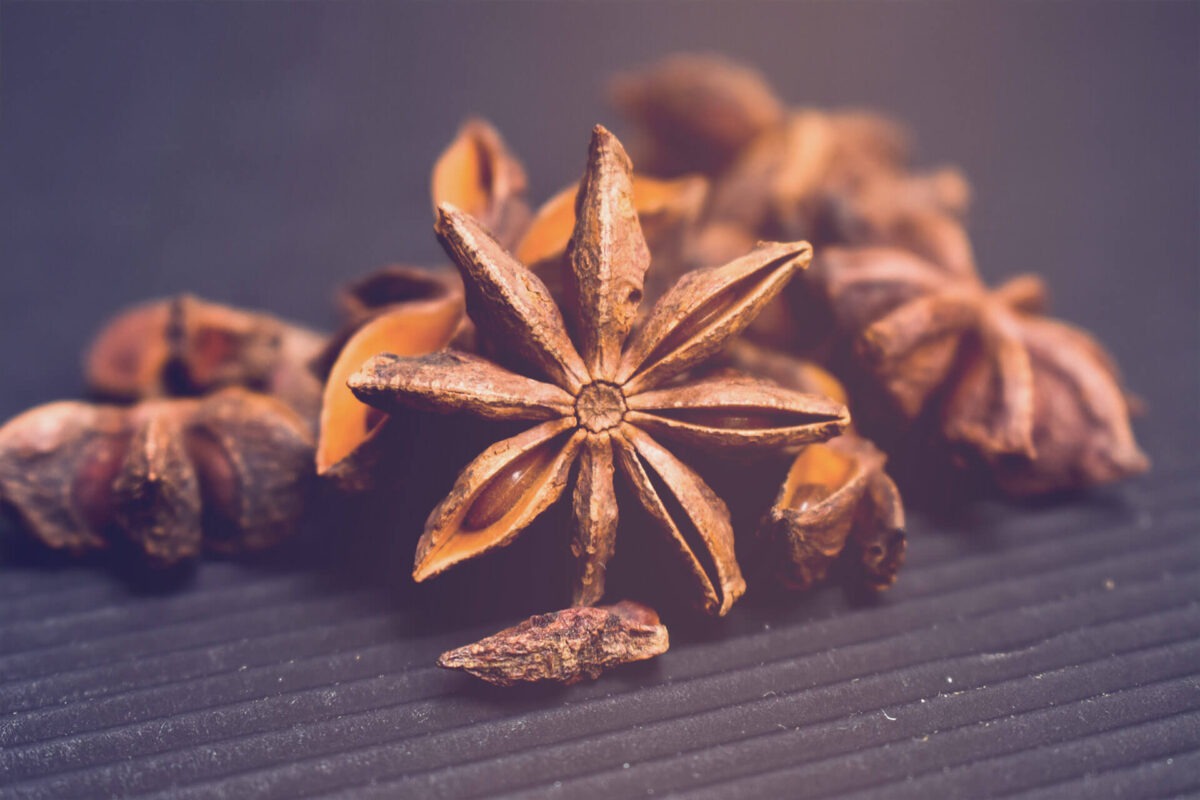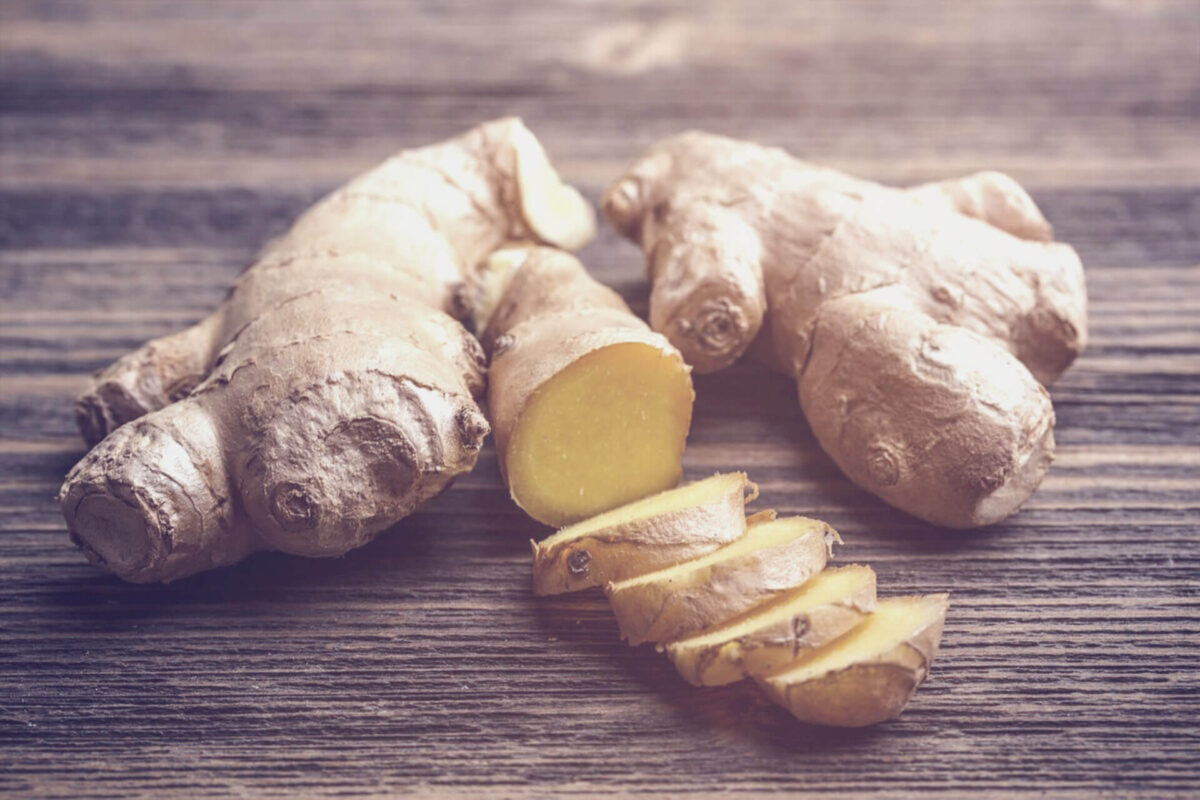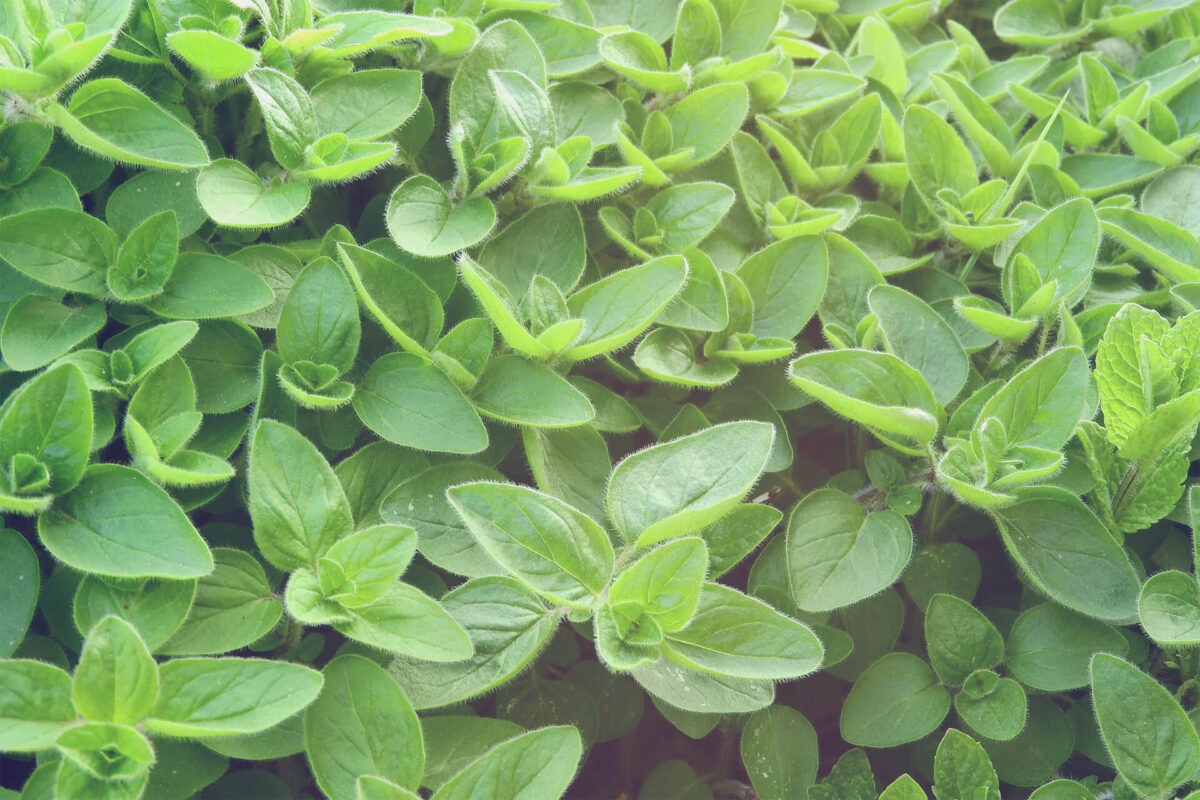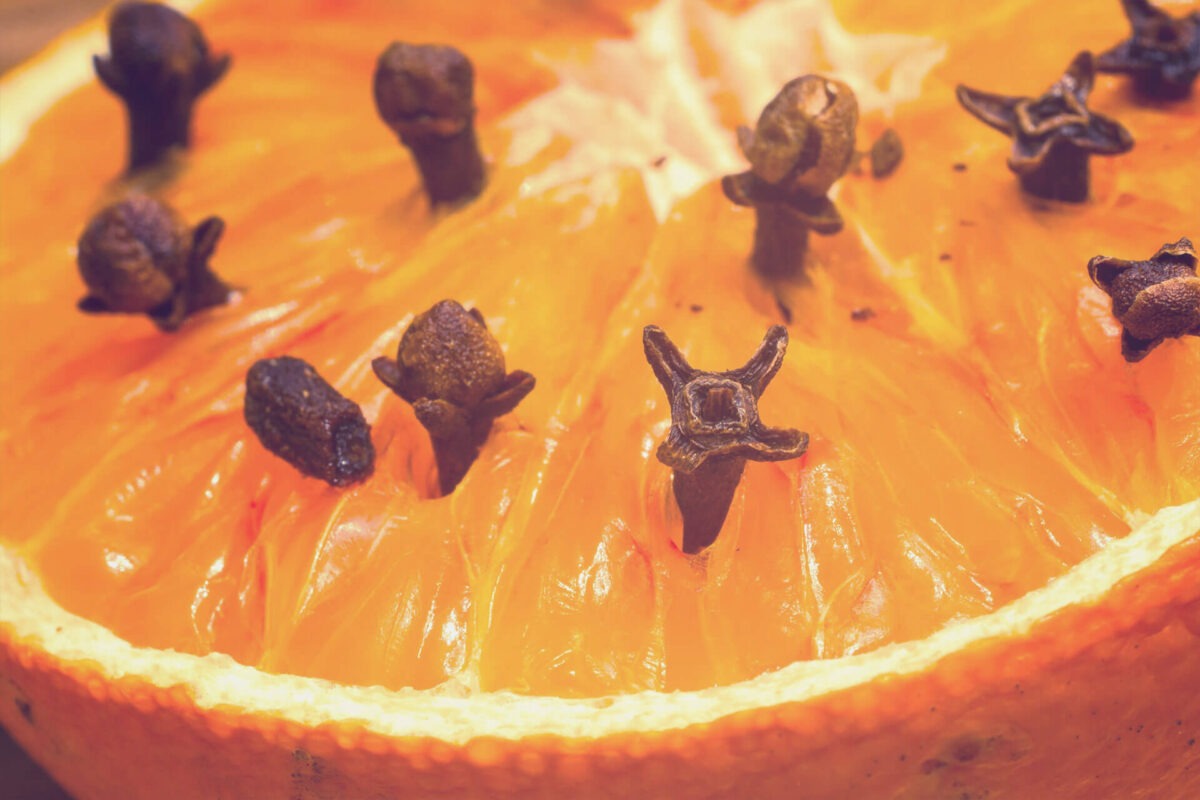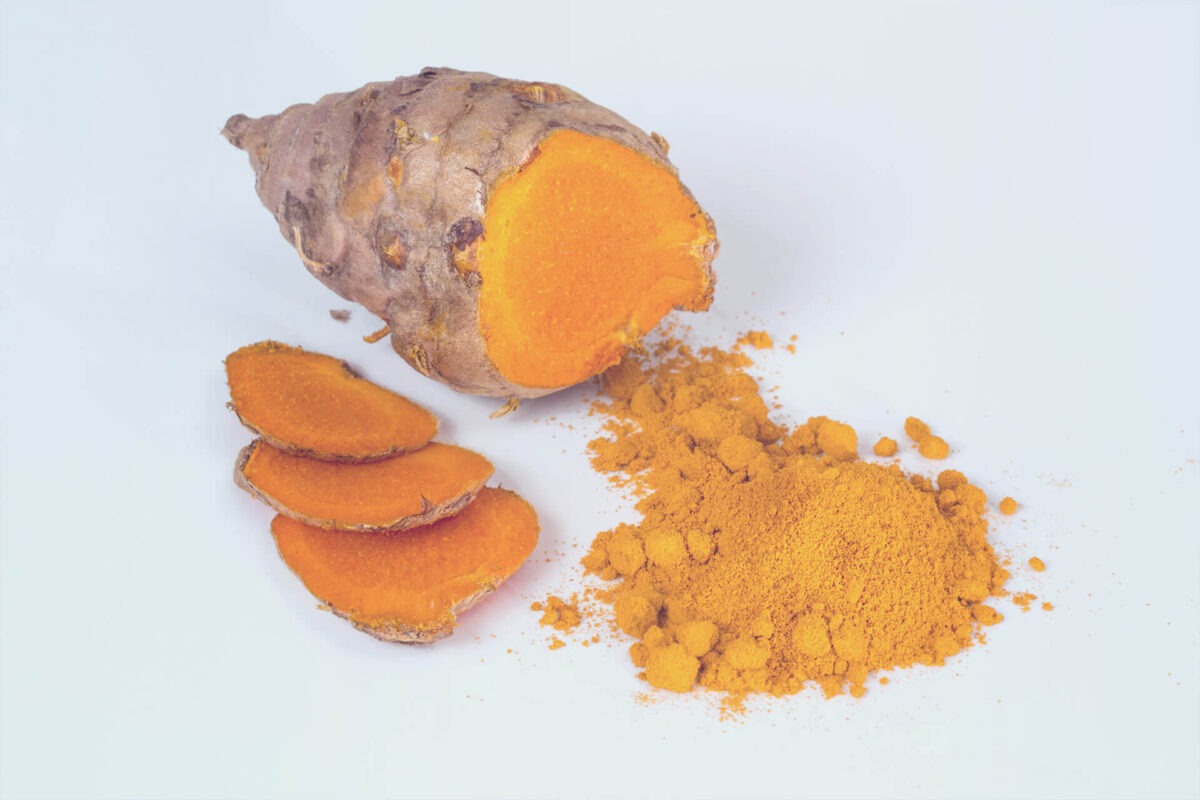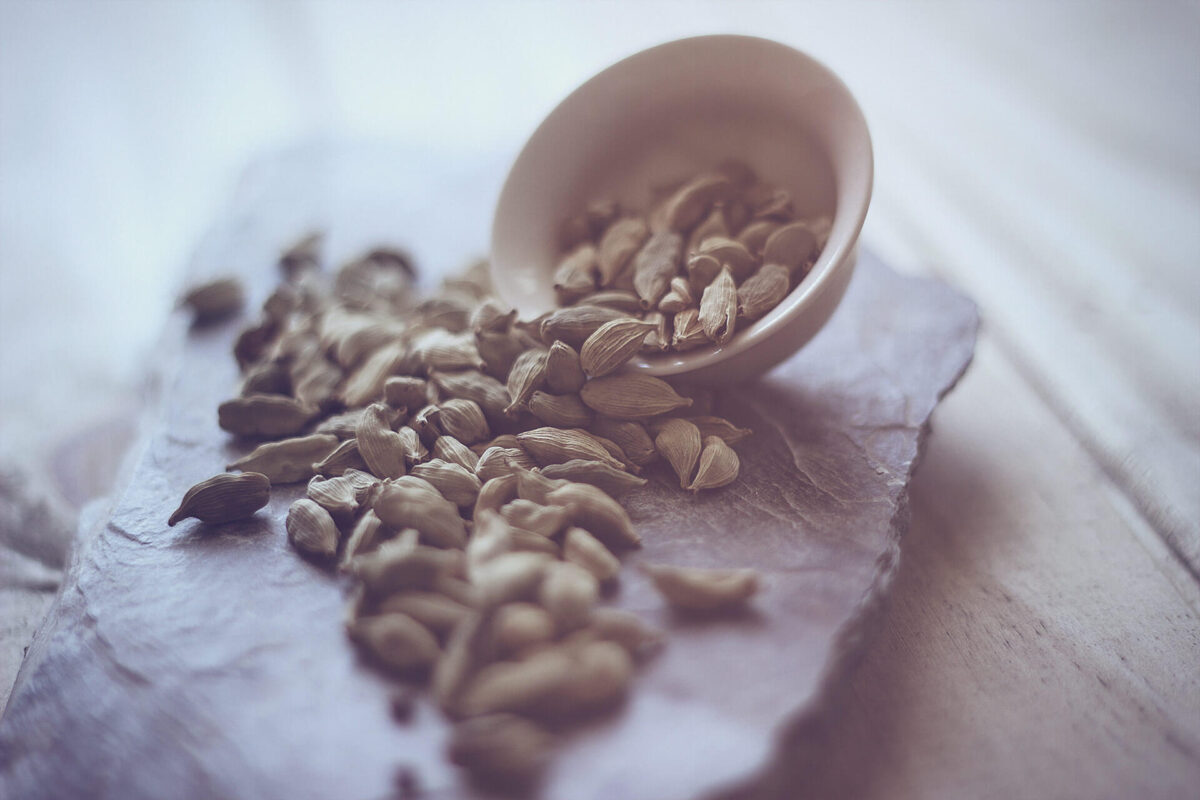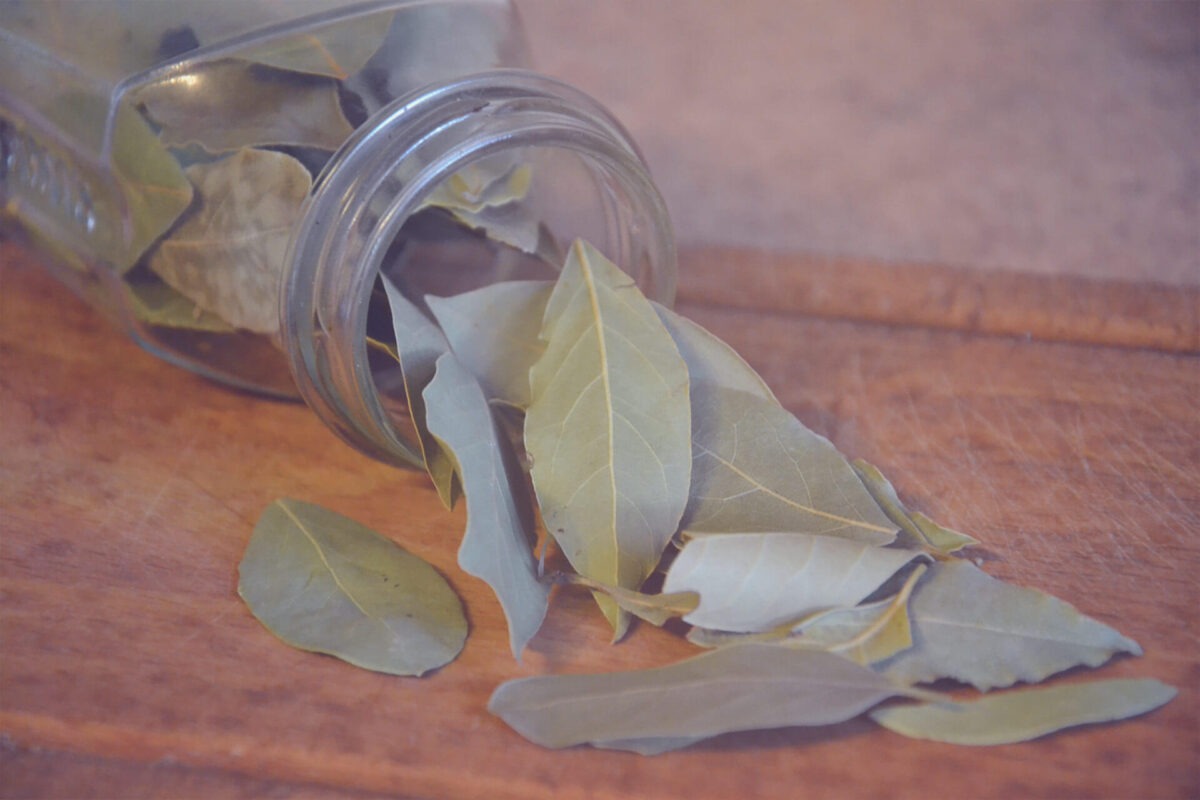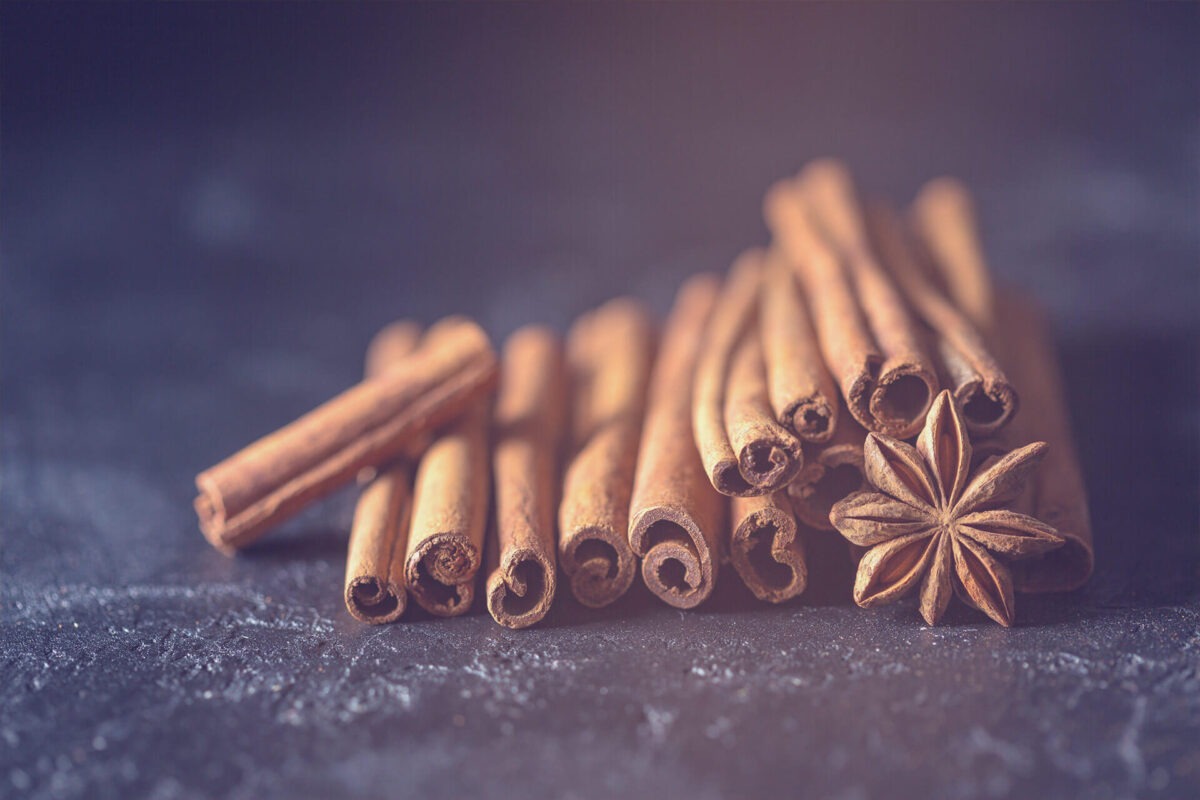Cocoa
Cocoa
Cocoa in its raw form has a variety of health-promoting ingredients. But these are found only in real cocoa, with a cocoa content of at least 70%. It has an antioxidant effect and contains many vital substances.
Cocoa is bitter and is therefore associated with the fire element. From its thermal effect, it is slightly warming. In addition, it has a diuretic effect, strengthens and calms the mind. This could be the reason why we like to reach for chocolate during stress or for relaxation. In milk chocolate, however, the cocoa content is too low to have a positive effect. In addition, the large amount of milk makes the body slimy. Therefore, my recommendation is to enjoy chocolate, but get into the habit of eating dark chocolate, that is, those with a cocoa content of at least 70%. This will turn this delicious soul comforter into something healthy!
Coriander
Coriander
Coriander belongs to the carminative (flatulence-relieving) spices. This category also includes caraway, anise and fennel.
From the point of view of TCM, coriander belongs to the thermally warm spices and it is assigned to the metal element. Coriander has a Qi-stagnation dissolving effect, especially in the digestive tract. This is the reason why it is often used in cases of bloating or weak digestion. In addition, coriander is one of the spices with germicidal effect and also helps against parasites.
The following recipe is extremely effective for stomach problems: grind 1/2 teaspoon of coriander seeds and boil in 1/4 liter of cold water. Let stand for 10 minutes and then drink slowly. This soothes the stomach and leads to a strengthening of the earth element.
Caraway
Caraway
Caraway is appetizing, digestive and helpful for flatulence. That is why in the past caraway seeds were always added to foods that were difficult to digest, such as roast pork. This makes it more digestible and easier to digest.
In TCM, caraway is associated with the metal element. It is thermally warming and is therefore suitable to warm the body from within.
Tea can also be made from caraway seeds, which has proven effective against flatulence and abdominal cramps. Use 1 teaspoon of caraway, crush the seeds in a mortar and pour 1/2 liter of water over it. Before drinking the tea, let it steep for 10 minutes.
Saffron
Saffron
Saffron is known as a luxury spice. In earlier times, it was weighed out with gold. It is said to have a healing and aphrodisiac effect.
Saffron has a bitter and slightly sweet taste. For this reason, TCM assigns this spice to the fire element. Since saffron has a direct relation to the heart, it is said that it clears the heart channels, so to speak. This mainly affects the psyche. Saffron lifts the mood and can improve depressive moods. It also calms and helps with heart anxiety.
From saffron you can prepare wonderful tea. This has a positive effect on the heart, and thus on the circulatory system, and helps very well with circulatory disorders. To develop the effect of saffron, a few threads of this valuable spice are enough, which are poured over with hot water.
Star anise
Star anise
In TCM, star anise is considered thermally hot and is assigned to the metal element. This means its warming effect is very strong and it must be used in good doses. This spice has a direct relation to the stomach, spleen and kidney.
Star anise, like anise, helps with digestive problems. Due to its warming effect, it is used against colds. From the perspective of TCM, it warms especially the kidney yang, which is why it has a generally strengthening effect on the body and the immune system.
It can be enjoyed in mulled wine, grog or tea. But also in compotes or meat dishes it unfolds its warming effect and gives the dishes a special flavor.
Ginger
Ginger
Ginger is one of the best known spices and is used both in dishes and for teas. It has a strong warming or heating effect and supports especially the immune system, which is why it is a real blessing, especially in the cold season. But it also has a positive effect on the stomach and spleen, the earth element.
Ginger is also used specifically against nausea. For example, if you suffer from so-called motion sickness, you can prepare a tea of ginger and drink it, or chew a small piece of ginger, in candied form. These are good and simple ways to provide heat to the body in a safe way.
Marjoram
Marjoram
Marjoram has a mild aromatic flavor. It is used in soups, stews and meat dishes.
TCM assigns marjoram to the metal element. Thermally, it has a warming effect. This spice is appetizing, digestive and can soothe coughs. In TCM, marjoram tea is used to drain moisture in the body, against fatigue, depressive moods and for general weakness.
To prepare a marjoram tea, take 2 teaspoons of dried marjoram, pour 1/2 liter of boiling water over it and let it steep for 10 minutes. This tea helps , apart from the already mentioned complaints, also good against bloating, flatulence and loss of appetite.
Cloves
Cloves
Cloves are considered emergency medicine for toothache. To numb the pain, you simply bite lightly on a clove. But this does not mean that you no longer need to visit the dentist.
From the point of view of TCM cloves are heating and Qi moving.
In the cold season cloves must not be missing in any compote. They warm from the inside and thus hands and feet recover from the cold. This spice strengthens the kidney yang. Therefore, it also helps against back pain with a feeling of cold, but also with loss of libido and potency problems.
Turmeric
Turmeric
Turmeric is also known as turmeric. Anyone who has ever used it to color his kitchen and dishes yellow knows where its name comes from. Turmeric is a true panacea. Among other things, it has a positive effect on the stomach, liver and gall bladder, but also has an anti-inflammatory and germicidal effect and stimulates the production of bile.
Turmeric is one of those spices that should really be used often, in the kitchen. This spice goes equally well with spicy and sweet dishes, gives them a good taste and strengthens the organs.
In TCM, turmeric is thermally warm. Due to its bitter taste, it is assigned to the fire element.
Cardamom
Cardamom
Cardamom is assigned to the element metal in TCM and has a warming and aromatic effect. Therefore, it is suitable to transform moisture. Cardamom is a great spice for cooking, as it stimulates digestion, helps against flatulence and soothes the stomach. Cardamom can also be ground or mortared to add to breakfast porridge. It helps to expel moisture caused by the consumption of dairy products or wheat. And this is done very simply by the way, while eating.
Laurel
Laurel
Laurel is used in our country in dried form, mainly for cooking, as a seasoning for soups, sauces or meat.
This spice is considered in TCM as thermally warming and is assigned to the metal element. It is digestive, antibacterial and can also be used against insomnia.
For a tea made from bay leaves, pour hot water over the dried leaves. This tea is diaphoretic, helps with febrile diseases and can help cough up phlegm.
Cinnamon
Cinnamon
TCM classifies cinnamon among the thermally hot spices that dispel cold. It should be used, like all thermal hot spices, only in doses. Otherwise, the bodily fluids are dried out over time.
Cinnamon is used for colds, cold hands and feet, edema (water retention) libido deficiency and potency problems. Enjoyed in mulled wine or punch, you can feel its warming effect, which is enhanced by the alcohol, very well. But also a good apple-cinnamon tea warms wonderfully in winter.








